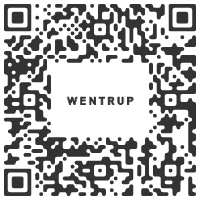Karl Haendel
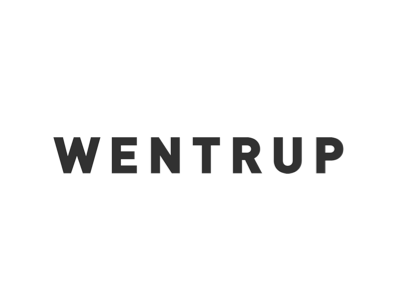
WENTRUP Gallery
Knesebeckstraße 95 10623 Berlin GERMANYTel. +49-30-48 49 36 00 Fax +49-30-48 49 36 01 e-mail:


from 22 September
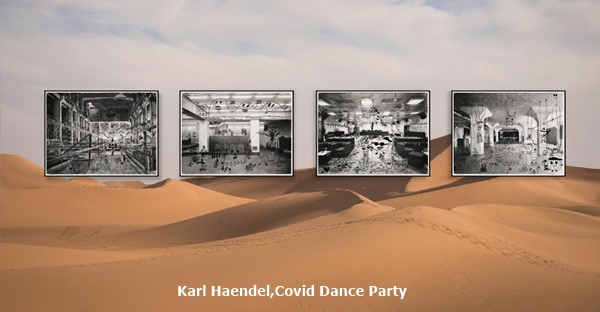
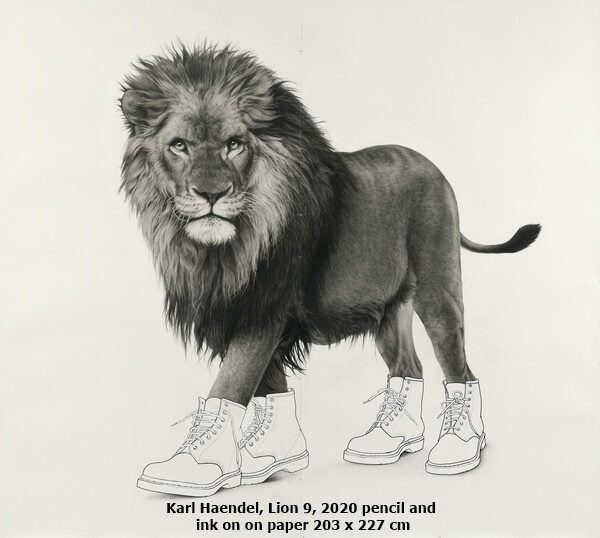
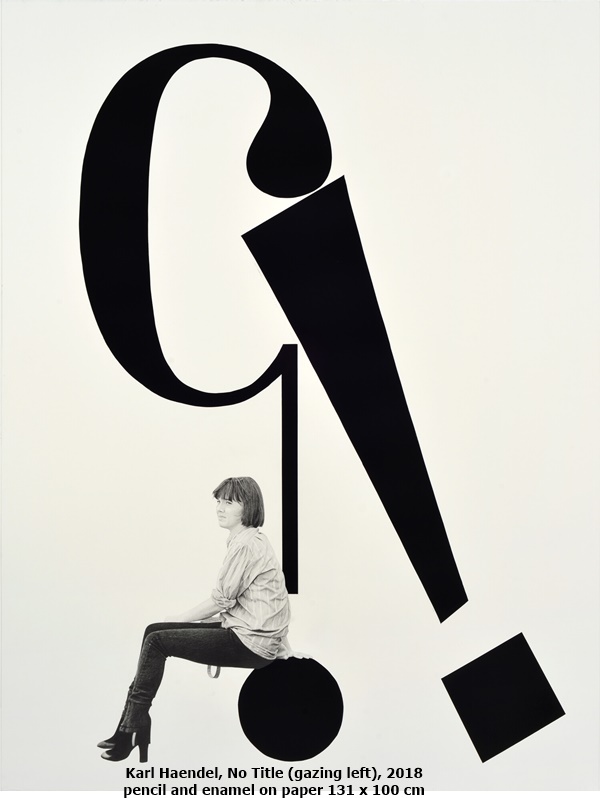
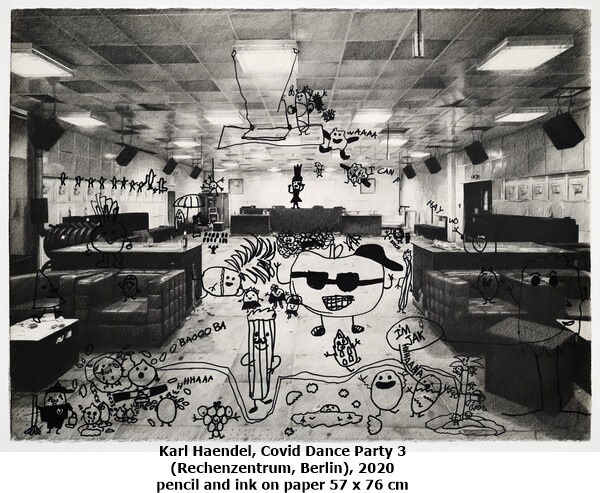
Karl Haendel (born 1976 in New York, NY) lives and works in Los Angeles, CA.
Karl Haendel’s practice revolves around the appropriation of visual signifiers and their recontextualization through drawing. For Haendel, the act of drawing symbolically aligns him with labor, while also invoking a basic human impulse to leave a mark and offering a physical system to reconsider accepted imagery. Haendel’s drawings, often uncanny renderings, pointedly remove images and texts from their original contexts and reconfigure them through graphite, scale and juxtaposition into a new form of visual language. He challenges viewers to move slowly and with greater awareness through the world of images and signs in order to reveal how these signs make meaning and shape our conceptions.
In a recent series of drawings, Haendel juxtaposed photorealistic graphite renderings of lions, cheetahs and tigers with inked cartoon illustrations of pop accessories, such as Rolex watches, Nike sneakers, or Dr. Martens boots. In doing so, the artist engages us in a philosophical dilemma; that as humans we can never "know" or “understand” wild animals, yet we cannot not project our own human motivations and characteristics onto them. Set within the historical context of hunting and displaying wild animals as trophies, and echoed today in its modern incarnation–the discovering and collecting of art at art fairs–ideas of nature, power and ownership are here reimagined for the 21st century.
“Karl Haendel engages the long process of language building. His exacting drawings are the idioms that he deploys to assemble his syntactical, room-filling installations and architectural display conceits. The result is a gathering of hand-drawn images that when selectively juxtaposed with each other form a visual analogy that is similar to literary enterprises. For example, clusters of varied graphite-wrought images suggest humorous self-deprecating free verse or complex prose punctuated with neologisms, metaphors and popular signs. More simply, Haendel uses his drawings as words and punctuation, referring to each drawing in his visual vocabulary as a ‘concept/image/word’. Yet individually his drawings also command aesthetic and semiotic examination: as critical signs, gestures of unoriginal creativity, and as dimensional objects with densely worked carbon surfaces. With his dedication to dexterity and verisimilitude, he indulges in the perceptual pleasure of illusionism, regardless of composition or picture-type.
Haendel appropriates, copies and remakes images into new representations. {…} As fodder for elasticizing representation, his ever-multiplying oeuvre of pencil renderings nevertheless resist all systems of classification. Neither indexical nor random, images of medieval knights, studio paraphernalia, kosher salt packaging, cartoons, explorers, broken mirrors, newspaper clippings, doodles, and hard-edge abstractions all stand ready to be pressed into service. Labour is also content in Haendel’s drawings. It is indicated in the scale, quantity and ambition of his project, and in the accumulation of line, the trace of the hand, and the physical build-up of graphite. Haendel’s dedication to hard work, diligence and manual labour imbues his found and appropriated imagery, giving a tribute-like quality to many of his compositions. His slow and painstaking process evinced in each drawing correlates to his conviction in critical reading and active interpretation. We construct meaning, opinions and belief systems through the consumption of signs and images, and Haendel’s drawing project slows down the process for us, exposing the bias and speed inherent in the information industry. At the same time, his drawings also underscore the pleasures of study and interpretation in a cultural field of infinite signs.”
(Text written by Michelle Grabner and published in „Vitamin D2, New Perspectives in Drawing“, Phaidon, p. 116-119.)
Karl Haendel’s most recent series of Covid Dance Party drawings is a collaboration between the artist and his daughter, which the two made during the Covid lockdown. First, the artist made photorealistic drawings of famous German techno clubs, like Berlin’s Tresor or Hamburg’s Ego, but left them empty of dancers. Then he handed the “empty” clubs off to his daughter, who, Sharpie in hand, filled them with fanciful dancers.
“These drawings are about the shift from public life (perhaps out at a club) to private life (time spent at home with our families) that Covid brought about. Spending all this time with my daughter, I started to think about the kind of joy and hope that kids can have in their play and imagination. I realized that my daughter’s drawing is a positive contrast to the sadness of the empty clubs and situation we have all found ourselves in. The joy of a kid drawing is not dissimilar to the joy people feel when dancing - a kind of creative freedom.”
Karl Haendel, August 2020
Karl Haendel’s practice revolves around the appropriation of visual signifiers and their recontextualization through drawing. For Haendel, the act of drawing symbolically aligns him with labor, while also invoking a basic human impulse to leave a mark and offering a physical system to reconsider accepted imagery. Haendel’s drawings, often uncanny renderings, pointedly remove images and texts from their original contexts and reconfigure them through graphite, scale and juxtaposition into a new form of visual language. He challenges viewers to move slowly and with greater awareness through the world of images and signs in order to reveal how these signs make meaning and shape our conceptions.
In a recent series of drawings, Haendel juxtaposed photorealistic graphite renderings of lions, cheetahs and tigers with inked cartoon illustrations of pop accessories, such as Rolex watches, Nike sneakers, or Dr. Martens boots. In doing so, the artist engages us in a philosophical dilemma; that as humans we can never "know" or “understand” wild animals, yet we cannot not project our own human motivations and characteristics onto them. Set within the historical context of hunting and displaying wild animals as trophies, and echoed today in its modern incarnation–the discovering and collecting of art at art fairs–ideas of nature, power and ownership are here reimagined for the 21st century.
“Karl Haendel engages the long process of language building. His exacting drawings are the idioms that he deploys to assemble his syntactical, room-filling installations and architectural display conceits. The result is a gathering of hand-drawn images that when selectively juxtaposed with each other form a visual analogy that is similar to literary enterprises. For example, clusters of varied graphite-wrought images suggest humorous self-deprecating free verse or complex prose punctuated with neologisms, metaphors and popular signs. More simply, Haendel uses his drawings as words and punctuation, referring to each drawing in his visual vocabulary as a ‘concept/image/word’. Yet individually his drawings also command aesthetic and semiotic examination: as critical signs, gestures of unoriginal creativity, and as dimensional objects with densely worked carbon surfaces. With his dedication to dexterity and verisimilitude, he indulges in the perceptual pleasure of illusionism, regardless of composition or picture-type.
Haendel appropriates, copies and remakes images into new representations. {…} As fodder for elasticizing representation, his ever-multiplying oeuvre of pencil renderings nevertheless resist all systems of classification. Neither indexical nor random, images of medieval knights, studio paraphernalia, kosher salt packaging, cartoons, explorers, broken mirrors, newspaper clippings, doodles, and hard-edge abstractions all stand ready to be pressed into service. Labour is also content in Haendel’s drawings. It is indicated in the scale, quantity and ambition of his project, and in the accumulation of line, the trace of the hand, and the physical build-up of graphite. Haendel’s dedication to hard work, diligence and manual labour imbues his found and appropriated imagery, giving a tribute-like quality to many of his compositions. His slow and painstaking process evinced in each drawing correlates to his conviction in critical reading and active interpretation. We construct meaning, opinions and belief systems through the consumption of signs and images, and Haendel’s drawing project slows down the process for us, exposing the bias and speed inherent in the information industry. At the same time, his drawings also underscore the pleasures of study and interpretation in a cultural field of infinite signs.”
(Text written by Michelle Grabner and published in „Vitamin D2, New Perspectives in Drawing“, Phaidon, p. 116-119.)
Karl Haendel’s most recent series of Covid Dance Party drawings is a collaboration between the artist and his daughter, which the two made during the Covid lockdown. First, the artist made photorealistic drawings of famous German techno clubs, like Berlin’s Tresor or Hamburg’s Ego, but left them empty of dancers. Then he handed the “empty” clubs off to his daughter, who, Sharpie in hand, filled them with fanciful dancers.
“These drawings are about the shift from public life (perhaps out at a club) to private life (time spent at home with our families) that Covid brought about. Spending all this time with my daughter, I started to think about the kind of joy and hope that kids can have in their play and imagination. I realized that my daughter’s drawing is a positive contrast to the sadness of the empty clubs and situation we have all found ourselves in. The joy of a kid drawing is not dissimilar to the joy people feel when dancing - a kind of creative freedom.”
Karl Haendel, August 2020
 |
Karl Haendel |
Online VIEWING ROOM
QR of this press release
in your phone, tablet
